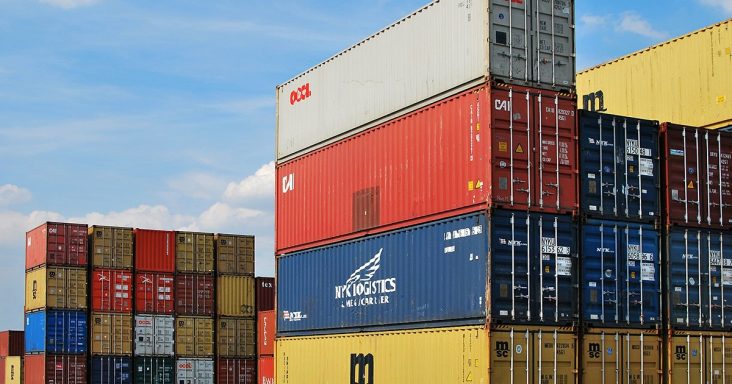Import cargo levels may surge during tariff pause with China, others
by June 9, 2025 12:24 pm 515 views

The National Retail Federation (NRF) expects import cargo at the nation’s major container ports to surge this summer as retailers take advantage of a 90-day reduction in steep tariffs that were recently imposed on China.
NRF Vice President for supply chain and customs policy Jonathan Gold said this is a busy time for retailers as they bring in inventory for back-to-school sales and the late 2025 holiday cycle.
“Retailers had paused their purchases and imports previously because of the significantly high tariffs,” Gold said. “They are now looking to get those orders and cargo moving to bring as much merchandise into the country as they can before the reciprocal tariff and additional China tariff pauses end in July and August. … Unfortunately, there remains considerable uncertainty about what will happen after the pauses end. We strongly encourage the (Trump) administration to continue negotiating agreements with our trading partners to restore predictability and stability to the supply chain.”
Walmart CEO Doug McMillon said June 6 that Walmart is in good shape with holiday orders. He refuted claims that Walmart had pressured suppliers in China to lower their prices. He said Walmart operates on a lower margin than most of its suppliers and it will hold the line on keeping prices low for customers.
McMillon said one-third of products sold at Walmart come from imports, with the largest trading partners being China, Mexico and Canada. He said Walmart continues to diversify its supply chain and will continue to source products that are closest to the customers who buy them.
Retailers have said they are cautious about bringing in too much seasonal inventory just to avoid tariffs when consumer spending remains fickle and unpredictable for discretionary items. Gold said many retailers suspended or canceled orders after the Trump administration announced a 145% tariff on China in April, but have resumed imports after tariffs were reduced to 30% and after a 90-day pause that will last until Aug. 12 was announced. The higher reciprocal tariffs on other nations have also been paused until July 9 as the administration negotiates with those countries.
“Our projections show that May saw a significant reduction in imports as shippers responded to the higher tariff environment,” Hackett Associates Founder Ben Hackett said. “However, tariff reductions will lead to a surge in imports in June through August as importers take advantage of the various 90-day pauses. The peak for the winter holidays will come early this year, making it simultaneous with the peak for the back-to-school season. If higher tariffs are not delayed again, we can expect the final four months of the year to see declining volumes of imports.”
Hackett reports that U.S. ports handled 2.21 million containers in April, the latest month for which data is available before the tariff impact was felt. Shipments were up 2.9% from March, and 9.6% higher than a year ago.
Estimates for May were projected at 1.91 million containers, down 13.4% from April and 8.1% lower than a year ago. That would mark the first year-over-year decline since September 2023. Now with some tariffs on pause, imports are expected to bounce back in June, but remain lower than a year ago, according to Hackett.
June is forecast at 2.01 million containers, down 6.2% year over year, and July at 2.13 million containers, down 8.1%. If full tariffs resume, August is forecast at 1.98 million containers, down 14.7%. from a year ago.
Hackett said volume is expected to drop sharply for the remainder of this year with large annual decreases partly because of the elevated volumes recorded in late 2024 due to concerns over East Coast and Gulf Coast port strikes.
